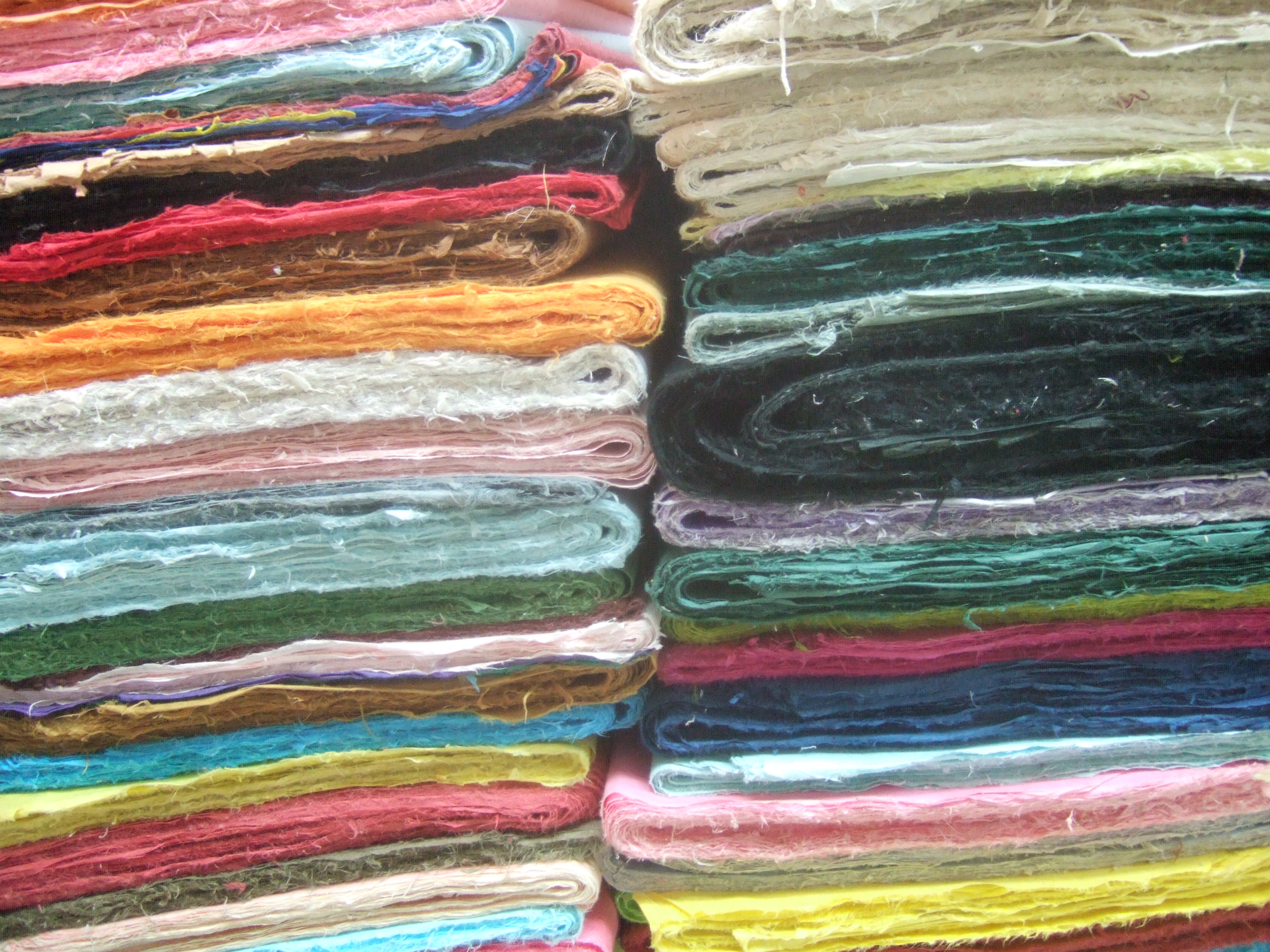 After a couple of rough days of jetlag I adjusted nicely to our taxing schedule of visits to universities, cultural institutions and performances, industry, and historical monuments. This Fulbright program's purpose is to advance our understanding of South Korean higher education and culture, so we have a number of visits to universities inside and outside Seoul. We first stayed at the Sangnam Institute on the campus of Yonsei University, part of a nexus of higher education institutions. I saw tens of thousands of young people roaming the streets on the last pleasant days before the monsoonal summer sets in and wondered once again how we can get more of our students to study abroad so they can experience the exhilaration of global exchange. The California State University International Programs Office has a system-wide agreement with Yonsei so I could see our campus name on their board of partnerships in the Yonsei international programs office.
After a couple of rough days of jetlag I adjusted nicely to our taxing schedule of visits to universities, cultural institutions and performances, industry, and historical monuments. This Fulbright program's purpose is to advance our understanding of South Korean higher education and culture, so we have a number of visits to universities inside and outside Seoul. We first stayed at the Sangnam Institute on the campus of Yonsei University, part of a nexus of higher education institutions. I saw tens of thousands of young people roaming the streets on the last pleasant days before the monsoonal summer sets in and wondered once again how we can get more of our students to study abroad so they can experience the exhilaration of global exchange. The California State University International Programs Office has a system-wide agreement with Yonsei so I could see our campus name on their board of partnerships in the Yonsei international programs office. On Wednesday we had a fascinating briefing at the US Consulate which, added to our Monday a.m. lectures gave many insights into how South Korea may have achieved its economic miracle and what North Koreans and their neighbors may be thinking about the latest missile launching crisis. Thursday's visit to the DMZ frankly gave me the creeps. There's an elaborate ritual to visits, showing passports through two checkpoints, filling out forms absolving the UN if you just happen to be shot dead or kidnapped (one is given the release form as a souvenir), issuing of UN visitor badges, and the eerie sight of facing a large capped North Korean soldier from about 50 yards away. I'll soon be posting my photo standing in North Korea, in front of the South Korean guard who prevents defections or anyone opening the door for North Koreans to snatch one into oblivion.
On Wednesday we had a fascinating briefing at the US Consulate which, added to our Monday a.m. lectures gave many insights into how South Korea may have achieved its economic miracle and what North Koreans and their neighbors may be thinking about the latest missile launching crisis. Thursday's visit to the DMZ frankly gave me the creeps. There's an elaborate ritual to visits, showing passports through two checkpoints, filling out forms absolving the UN if you just happen to be shot dead or kidnapped (one is given the release form as a souvenir), issuing of UN visitor badges, and the eerie sight of facing a large capped North Korean soldier from about 50 yards away. I'll soon be posting my photo standing in North Korea, in front of the South Korean guard who prevents defections or anyone opening the door for North Koreans to snatch one into oblivion.But don't get the wrong impression. Visiting South Korea is not so different than visiting West Germany in the 60's through the 80's. It's a very safe country and much more beautiful and forested than I had imagined. And even the DMZ, which has become a de facto nature preserve, provides pleasant surprises. We saw one tree weighed down with about 50 nesting cranes!
After an interesting visit to the Hankuk University of Foreign Studies featuring their translation and interpretation program and our very warm visit (literally and figuratively) with our hosts at Konkuk University on Friday we ended our sojourn in Seoul with an array of Korean folk songs, opera, drumming, and dance. We hit the road on Saturday morning visiting a firm where traditional handmade Korean paper (hanji) is fabricated. Then, just as the monsoon rains began to fall we visited Hahoe Village with both tiled roof (nobles) and thatched roof houses some original to the late 15th century, most built later in the same style.
 On my next blog I'll discuss equally significant matters like food and shopping. In the meantime your dean is dancing to the beat of salmunori and the kitschy pop American hits sung nightly in the lobby of my hotel in Kyeongju.
On my next blog I'll discuss equally significant matters like food and shopping. In the meantime your dean is dancing to the beat of salmunori and the kitschy pop American hits sung nightly in the lobby of my hotel in Kyeongju.



